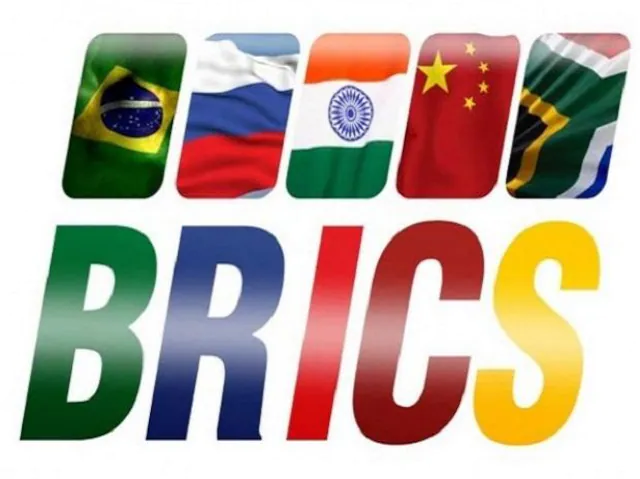Geo-fencing to map vehicle route; pilot run expected on Delhi-Mumbai highway
Each time a vehicle pays toll on a national highway, its movement may now be mapped for the distance it travels on that road. This will be done to charge toll in proportion to the road used by that vehicle.
A pilot run for such ‘geo-fencing’ on the Delhi-Mumbai highway is expected to begin in the next couple of weeks after the Ministry of Road Transport and Highways and the National Highways Authority of India (NHAI) finalise theproposal of charging toll based on the distance travelled.Geo-fencing uses global positioning system or radio frequency identification (RFID) technologies to create a virtual geographic boundary, which would enable the software to trigger a response when a mobile device enters or leaves a particular area.“The pilot run on the Delhi-Mumbai highway will begin in the next two to three weeks for the geo-fencing to gauge the entry and exit of vehicles,” an official said.
A toll plaza might be placed at all entry and exit points to ensure the commuter pays only for the distance travelled.
Putting location to work Geo-fencing uses global positioning system or radio frequency identification (RFID) technologies to create a virtual geographic boundary It enables the software to trigger a response when a mobile device enters or leaves a particular area Pilot run on the Delhi-Mumbai highway will begin in the next two to three weeks for the geo-fencing to gauge the entry and exit of vehiclesFASTags use RFID technology to enable vehicles to pass through toll plazas According to the National Highways Fee (Determination of Rates and Collection) Rules, 2008, the fees are to be revised every year with effect from April 1. According to the current policy, for six-lane projects, toll is levied even before the completion of highways, if four lanes have already been constructed.
According to a source in the know, the proposal requires making amendments to the existing policy and might need Cabinet approval. The necessary changes are currently being deliberated by the road ministry and the NHAI.The geo-fencing initiative is in line with the government’s move to have FASTags for seamless commute on national highways. The move, which was aimed at ending congestion at toll plazas besides ensuring leakage-proof toll revenue collection, was introduced in September 2017.
FASTags are affixed on the windshields of vehicles and use RFID technology to enable vehicles to pass through toll plazas, through designated lanes, without waiting in queues as the payment is made electronically.The necessary changes are currently being deliberated by the road ministry and the NHAI. The geo-fencing initiative is in line with the government’s move to have FASTags for seamless commute on national highways. The move, which was aimed at ending congestion at toll plazas besides ensuring leakage-proof toll revenue collection, was introduced in September 2017.FASTags are affixed on the windshields of vehicles and use RFID technology to enable vehicles to pass through toll plazas, through designated lanes, without waiting in queues as the payment is made electronically.
ARTICLE SOURCE- BUSINESS STANDARD.


No comments:
Post a Comment